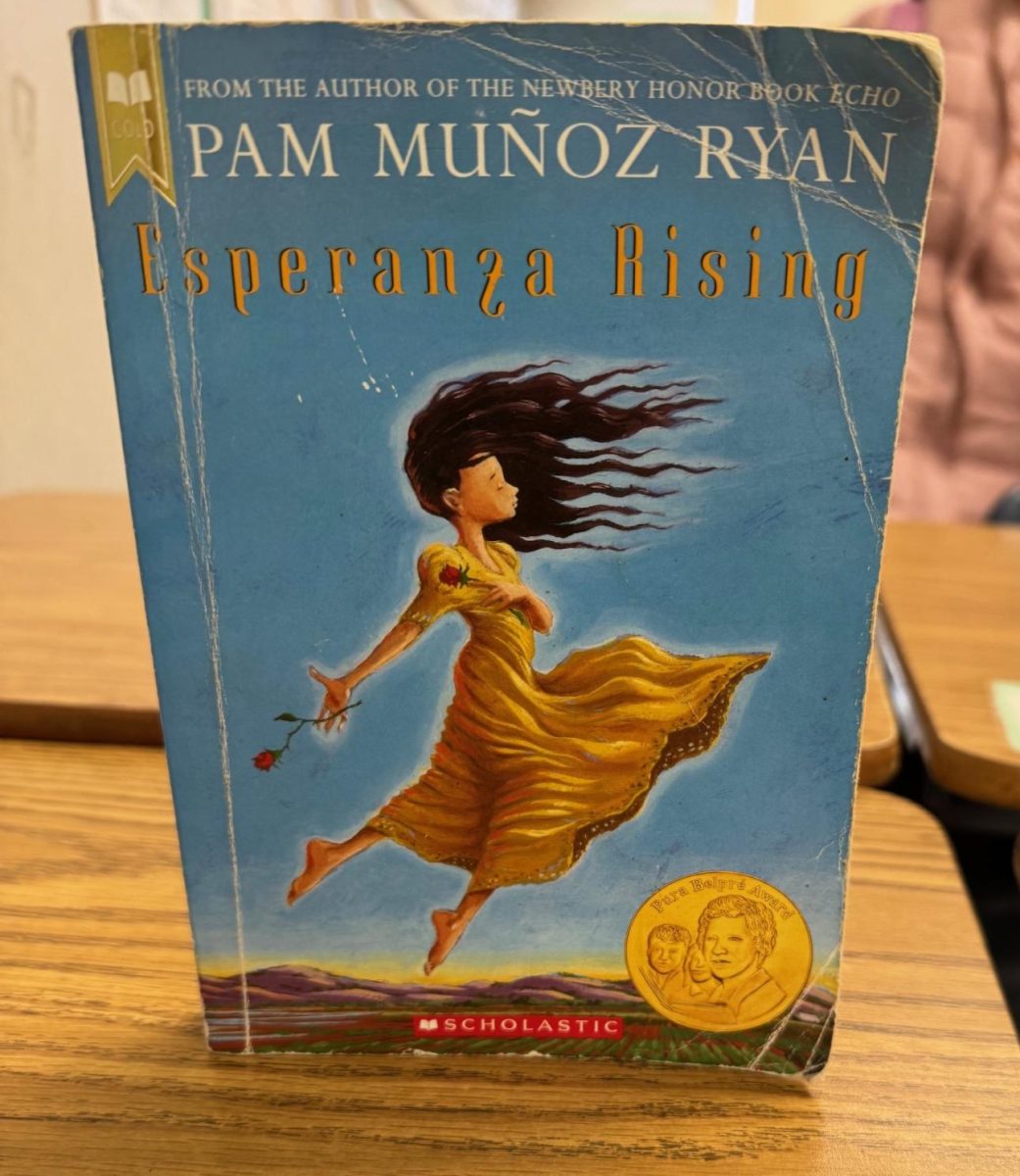The Opening of the Smithsonian’s African-American Museum
October 4, 2016
September 24 was a day full of pure joy, wholesome hugs, and heartfelt tears. The long-awaited opening of the Smithsonian National Museum of African American History and Culture followed with the ringing of the “Freedom Bell”, has made the day a landmark in African American history. After 10 years of ongoing planning and construction, President Barack Obama formally inaugurated the museum in Washington D.C. The ceremony was held on the National Mall, where well known faces such as Michelle Obama, a few former presidents, and significant government individuals were spotted. The 400,000 square feet that make up the building accommodate the striking 37,000 artifacts contained in the $540,000,000 museum. The overarching goal of the Smithsonian’s 19th museum is to commemorate the pivotal and often disregarded contributions African Americans have made towards American history.
America’s first black president, Barack Obama, delivered a rather impassioned speech as he opened the museum, wiping away a tear as he spoke. “We’re not a burden on America, or a stain on America, or an object of pity or charity for America. We’re America,” said Obama. “And that’s what this museum explains, the fact that our stories have shaped every corner of our culture.” In my opinion, the opening of the museum implies that African Americans have been involved in American history enough to have shaped and molded our nation. In his speech, Barack Obama reminded everyone that the United States wouldn’t have been able to amount to what it has present day without the impact African Americans have made on it. Black history and American history have evidently intertwined throughout the years. “African American history is not somehow separate than the American story. It is not the underside of the American story. It is central to the American story,” stated Obama. The National Museum of African American History and Culture fills in an empty piece of a puzzle that completes the true and in-depth story of America.
History was made on September 24, for it takes plenty of courage for a nation, as a whole, to make known past mistakes and correct them in such a monumental way. Despite this view of opinion, #BlackLivesMatter and Colin Kaepernick’s controversial actions that I have seen all over social media this summer have seemed to have provoked a sense of uneasiness from the black community. Others question whether the museum has been built to act as a dismal reminder of the pain and overbearing hardships blacks have endured or has intended to showcase African American achievements in history. The National Museum of African American History is open to the public and from what I have heard, it is a praiseful and insightful on the awe-inspiring story of African Americans and the massive part they play in American history.




